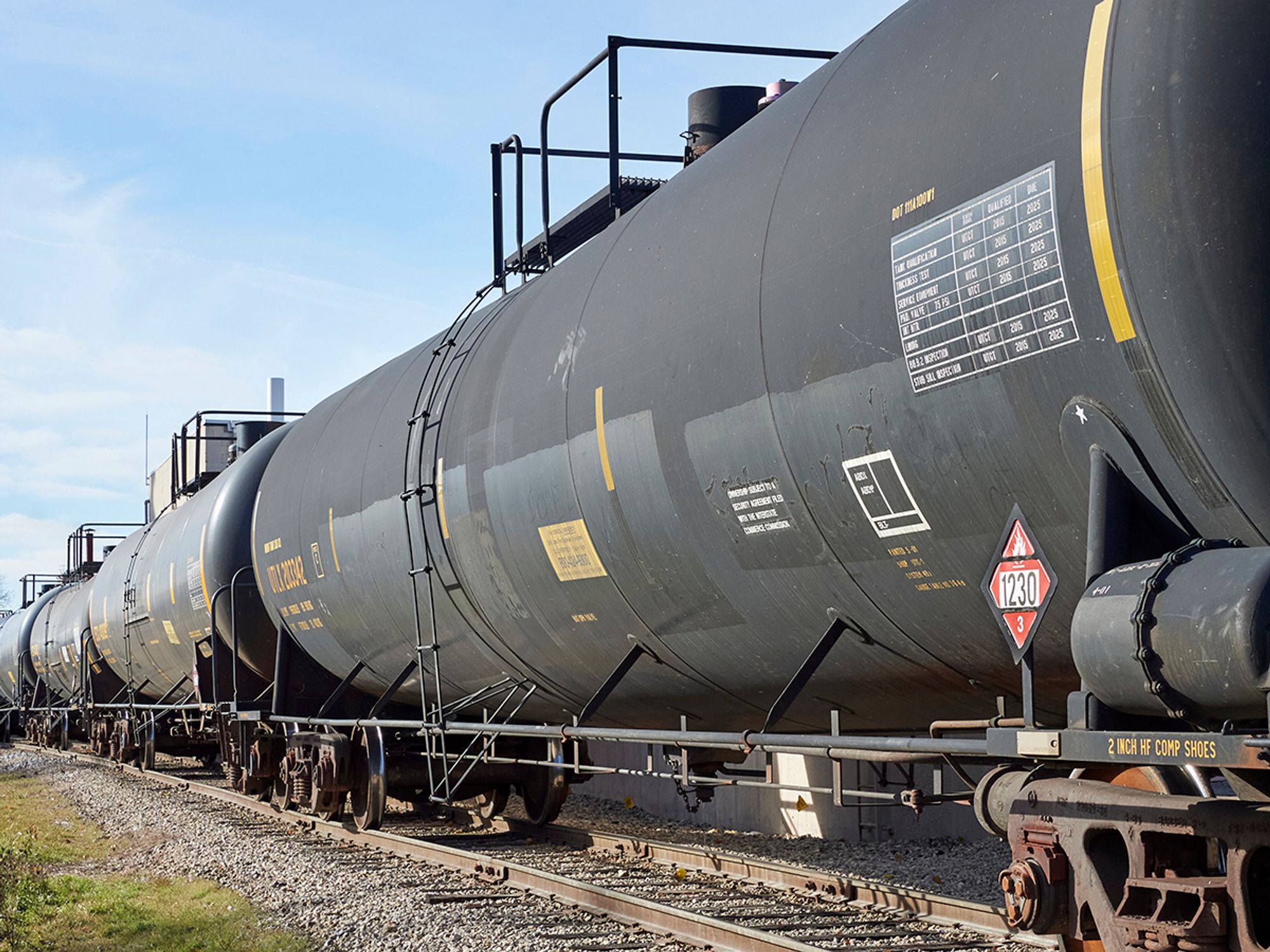InstituteGeneral Packaging Requirements - HazmatCargo tanks - HazmatBulk packaging - HazmatIntermediate bulk containers (IBCs) - HazmatPortable tanks - HazmatTransportationHazmat SafetyIn Depth (Level 3)General Packaging Requirements - HazmatEnglishAnalysisFocus AreaUSA
Bulk packaging
['General Packaging Requirements - Hazmat']

- Hazardous Materials Regulations define specifics for bulk packaging used to transport hazardous materials, including maximum capacity, maximum net mass, and water capacity.
A bulk packaging is a packaging in which hazardous materials are loaded with no intermediate form of containment AND has:
- A maximum capacity greater than 450 L (119 gal) as a receptacle for a liquid; or
- A maximum net mass greater than 400 kg (882 lb) and a maximum capacity greater than 450 L (119 gal) as a receptacle for a solid; or
- A water capacity greater than 454 kg (1,000 lb) as a receptacle for a gas.
Bulk packaging does not include a vessel or barge. Bulk packaging does include transport vehicles and freight containers. Common types of bulk packagings include cargo tanks, portable tanks, intermediate bulk containers (IBCs), and tank cars.
Bulk packaging is a term that is used throughout the Hazardous Materials Regulations (HMR). Knowing if a hazmat package is bulk or non-bulk is an essential piece of knowledge when determining what requirements in the regulations apply to the shipment.
